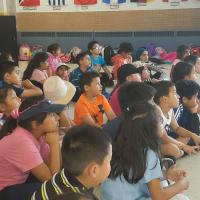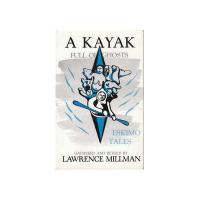Students gain empathy and use language to describe the mixed feelings that come with being new to a community. They watch and discuss video clips and compare character traits. Then they read a book and discuss how the book guides them to welcome new students to the classroom as the year progresses. As a service, they create coupon books for new students to use to get to know classroom routines and people.
- Read more about Creating a Welcoming Classroom All Year
- Log in or register to post comments


